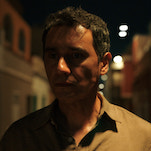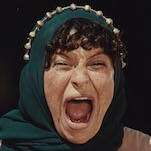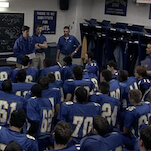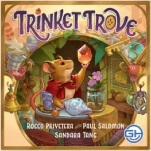Westeros, Middle-earth, and the glories of a good fantasy map
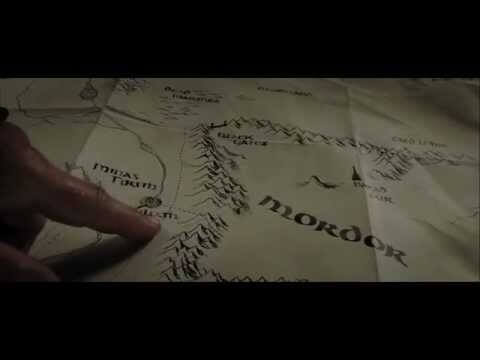
For lovers of fantasy novels, a good map is a near-essential component of a good book. A map not only provides crucial context when the reader is feeling a bit lost in their sprawling, cross-continent adventures (“Where the hell is Lannisport anyway?”), but it makes the entire reading experience that much more immersive. Suddenly, the world of Middle-earth feels more real because someone made a hand-drawn map of it. Westeros seems like a place you could actually visit because you’ve soared over its approximation in an opening credits sequence. What was once wholly imaginary now feels more tangible.
In his new essay “Here At The End of All Things,” Stanford University professor Adrian Daub dives into his personal love of fantasy world maps and gives insight into what makes them so crucial to the genre. Like many before him, Daub’s fascination with fictional maps began with Tolkien, but quickly progressed to Advanced Dungeons & Dragons, which, during its heyday, was providing nerds everywhere with maps of imagined continents faster than they could fill them with campaigns.








![HBO teases new Euphoria, Larry David, and much more in 2026 sizzle reel [Updated]](https://img.pastemagazine.com/wp-content/avuploads/2025/12/12100344/MixCollage-12-Dec-2025-09-56-AM-9137.jpg)


